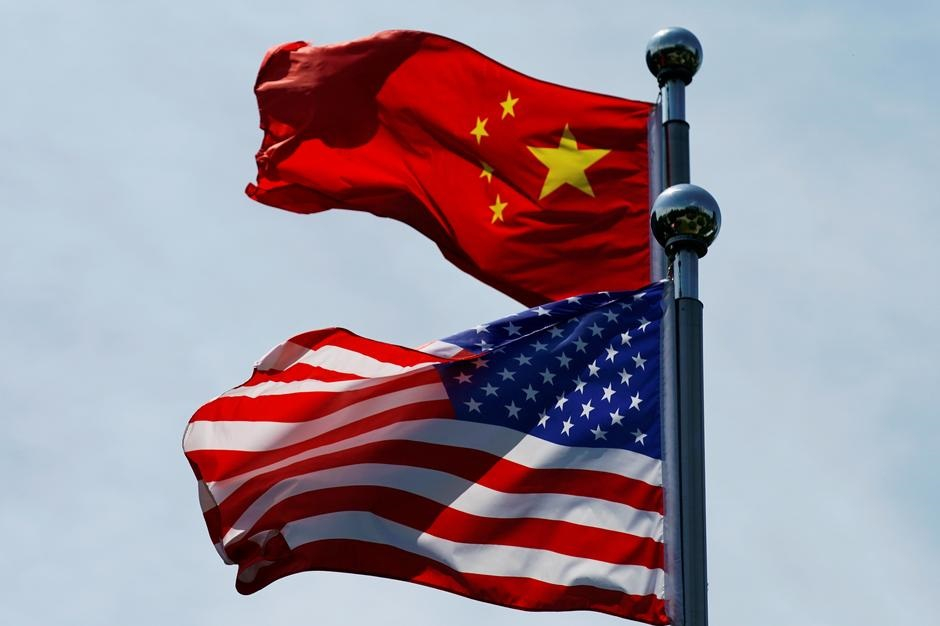
Alexander Wolfe | Staff Columnist
Phase One of President Trump’s long-awaited trade deal has been lauded as a ground-breaking first step in the process of bringing China “under control.” The 86-page agreement addresses intellectual property (IP) concerns, a new process of settling trade disputes and $200 billion of guaranteed purchases of U.S. goods across manufacturing, agriculture, energy and services. Lost in the promulgation of the incoming relief to farmers is the future of $360 billion of U.S. tariffs on Chinese goods that still remain in place, affecting every business connected to China, or put another way, our whole economy. Let’s ignore the future rounds of negotiations and the fact that the Chinese supposedly did not get the main thing they were hoping for out of these negotiations: the trade war is over on Twitter only.
China got a lot out of this deal, while the U.S. has a series of written affirmations. The first three chapters of the agreement are hilariously one-sided. On IP, technology transfers and food products, the clauses detail an array of Chinese acknowledgements to U.S. institutions and Chinese affirmations to the rights they will subsequently bestow upon American importers and business entities. Most importantly, China promised to refrain from stealing American trade and technology secrets from firms in the Chinese market. In short, this amounted to Chinese recognition of American patent law and a pinky promise to be nicer to American corporations.
One notably ironic phrase in Article 1.22 clause 2 notes China’s commitment to providing proof of its physical market IP enforcement. I spent whole weekends at these so-called “fake markets” last semester, and local police presence is already quite high. However, local authorities are rare to enter the markets themselves, instead choosing to monitor from afar. A salesman selling Vans for $14 explained to me that the vendor bosses get a few days’ warning from the provincial government before a raid is ever conducted, so let’s assume that increasing the number of police from 15 to 30 won’t make a difference.
Even more absurd is Article 1.14, a special call-out for ‘major e-commerce platforms,’ because there is only one major Chinese e-commerce platform: Alibaba. Alibaba’s website Taobao is the most widely used business to consumer and consumer to consumer platform in China, so much so that on Singles’ Day (Chinese Black Friday) Alibaba reported $38 billion of the day’s total reported $52 billion in sales revenues. This was considered a disappointment by Alibaba founder Jack Ma, despite his company’s coverage of over 70% of the market.
Yet Chinese businesses don’t want to copy American brands forever. China 2025, one of China’s flagship initiatives, promotes investment toward Chinese businesses in strategic economic areas with the goal of transforming China into a powerhouse of innovation, sustainability and services. This might explain China’s acceptance of the agreement’s mandated minimum purchase of $37.9 billion in American services. The acceptance of American service-sector business will be made even easier by the agreement’s detailed protections of IP and trade secrets for American-owned enterprise.
In returning to those $200 billion of targeted purchases China will make in the next two years, I found a depressingly transparent political calculus in the specific authorized purchases. Of the $32 billion in agriculture purchases, China must purchase ethanol (oilseeds), meat, cereals, cotton and a few other types of products specifically produced in swing states. As the deal was being signed, Trump even called out Joni Ernst (R-IA) for pressuring him to feature ethanol purchases for Iowa farmers. Energy purchases are limited to fossil fuel energies: liquified natural gas, crude oil, refined products and coal, effectively destroying our ability to compete with the Chinese solar market.
Most important, in my opinion, are the new rights granted to American financial enterprises operating in China or in partnership with Chinese firms. Our finance industry will now be allowed to review Chinese loans and make extensive and far-reaching investments into the Chinese economy. Shockingly, Article 4.5 Clause 2 allows American financial services suppliers to apply for permits to acquire non-performing loans from Chinese banks. Though estimates of non-performing loans are speculative at best, most rating agencies presume 40% of the loans throughout the Chinese economy to be non-performing. In allowing American finance to take on its debt, China has expertly distributed its monstrous risk portfolio, tying our financial sector to its national economic well-being.
Throughout the next few weeks and on the campaign trail, this phase one agreement will be presented to voters as a key reason to re-elect the President. Conservative media will pan the deal as an example of the President’s unique deal-making skills, how he managed to coerce China into hundreds of billions of dollars worth of concessions and secured legal rights for American business while refusing to abandon his protectionist tariff regime. But let’s not joke about this, China got a fantastic deal. If they didn’t like it, they would have held out for another year in hopes of a more cooperative replacement across the table.
This deal will be great for all parties, insofar as they were present at the negotiating table.
